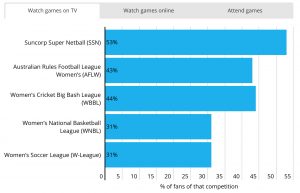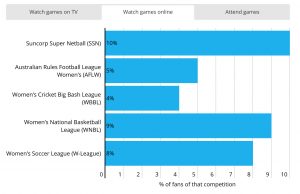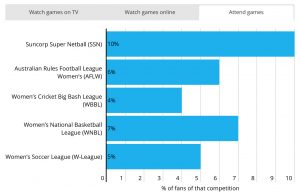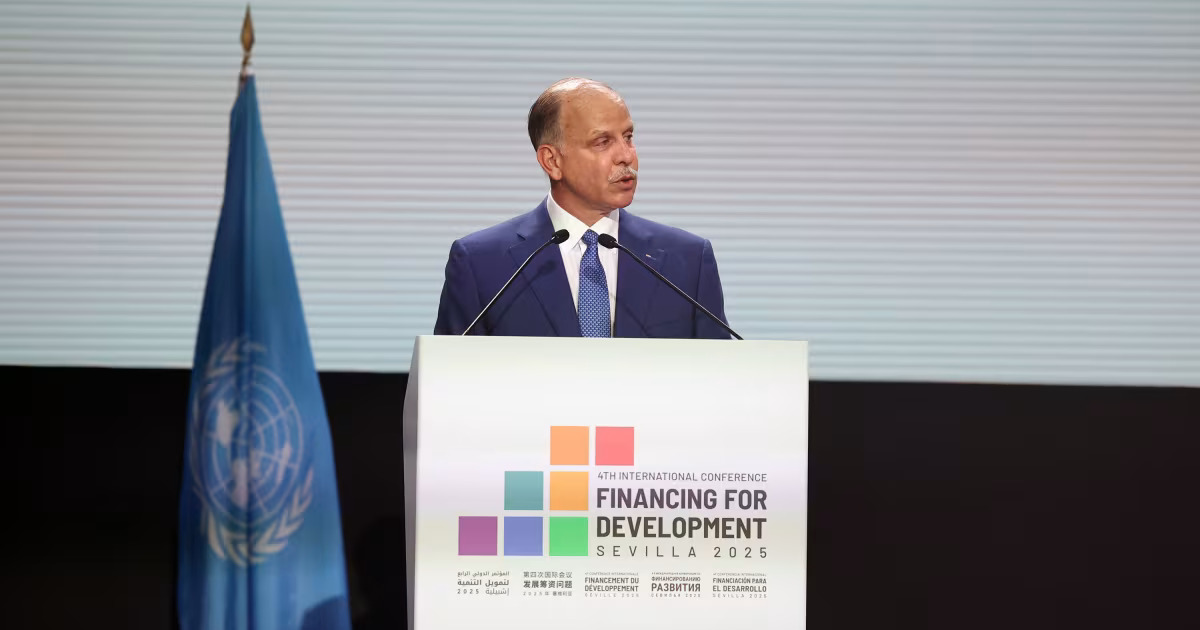Netball Paving The Way For Women’s Sport In Australia

The 2018 Suncorp Super Netball season recorded almost seven million broadcast viewers over the course of the year, capping the season off with over one million people tuning in for the Grand Final.
According to Nielsen Sports’ Sportslink 2018, 21% of Australians are fans or consumers of netball, with 53% of netball fans preferring to watch games on TV.
The rapid growth in engagement netball has experienced across Australia in recent times is astonishing, especially with the high number of women’s competitions and teams being introduced over the past couple of years.
Netball Australia’s chief commercial officer, David Lee, said the rise of women’s competitive sports in Australia has both positive and negative challenges for netball.
“There are two ways of looking at that [the effect of other women’s sports in Australia on sponsorship deals for Netball Australia], on one hand, the fact that other female sports have gained so much traction and there’s a greater popularity of consumer fanbases who want to consume female sports, that’s definitely a great thing for netball, as it means the pies’ getting bigger,” he said.
“At the same time, it means there’s more competition in the marketplace, but I think what we’ve seen is that netball continues to stand alone with the volume both from a community engagement perspective and both the fanbase perspective.
“We’re able to play to our strengths and ensure we are pushing netball as a premier sport in terms of participation and fan engagement by working with brands that are quite connected to the female target audience of women, specifically mum’s and younger girls.
“We certainly don’t have the particular reach that an AFL men’s or an NRL does, but what research shows quite clearly is that Netball has a higher benchmark from an emotional connection perspective, which is really significant.
“We don’t necessarily compare ourselves just to other female sports, we look at it as what is it that’s making netball different from any sport in this country and that level of engagement and the way our fans support brands that support netball is really significant.
“We don’t have the problem that a lot of male sports have in Australia of challenges with athletes and their behaviour off the field, our athletes are fantastic ambassadors for the sport and from a brand perspective, it makes us really attractive to work with,” Mr Lee said.
The competition for viewership and sponsorship has never been greater and this is evident with the introduction of the AFLW, which a 2018 study conducted by Nielsen indicated 41% of Australians are interested in the competition, however, netball has maintained a higher percentage of interaction from fans, despite the percentage of public interest.
Nielsen Sports’ Sportslink 2018 also showed, in comparison to netballs’ 53% of fans watching games on TV, the AFLW only had 43% of fans watch games on TV.
The report also places netball in front of the AFLW in the percentage of fans watching games online and also attend games.
When looking at statistics such as these, it is evident that, while the AFLW has a wider fan base throughout Australia, strictly regarding the percentage of the population interested in the sport, netball has been more effective in translating those interested Australians into fans who watch and attend games.
“The overarching challenge for netball will be to continue to reach and engage new audiences to grow beyond the existing netball fan base,” Nielsen Sports director, Steve Whately said.
“The Netball World Cup this year is another opportunity to shine the light on netball, the growth of the local league and the quality of the talent from across the world playing on our shores.
“The sport’s stakeholders will be expecting another year of rising audiences and attendance.”
Nielsen admits there will be both opportunities and challenges for netball, given the dramatic increase in the number of women’s professional leagues and teams.
The increase in women’s competitions has led to a sharp rise in media coverage for women’s sport, opening women’s sporting competitions up to new audiences, but it now requires a harder push for sponsors off the field and for athletes on the field.



It's free to join the team!
Join the most engaged community in the Sports Business World.
Get all the latest news, insights, data, education and event updates.






